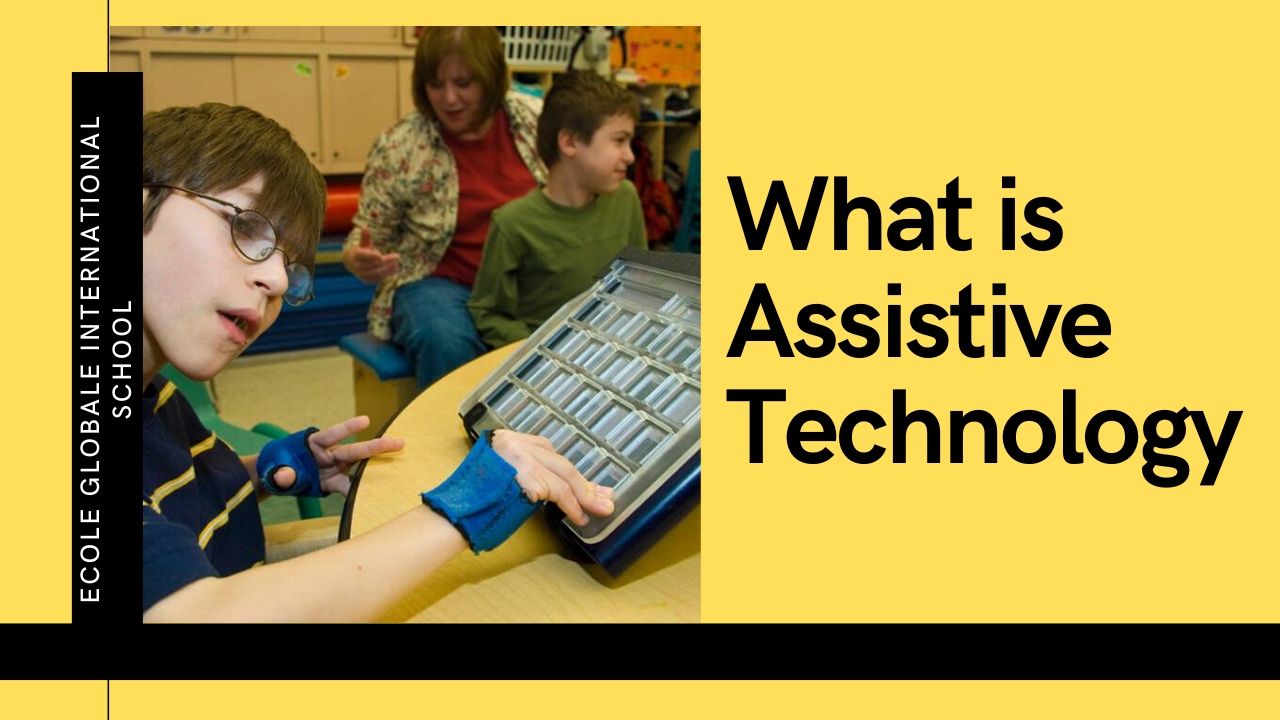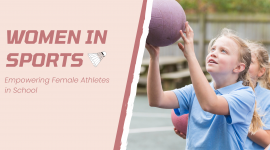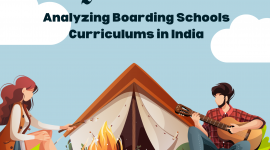Free or easy teaching instruments can assist all students—with and without the learning contrasts—and with better access to course content. Teachers put a ton of time and exertion into structuring classroom exercises that urge students to study, compose, converse, play, move, and mingle. They endeavor to guarantee that all students have chances to develop and learn; however, kids with different abilities can confront hindrances to their interest in their classroom exercises. To bring down those obstructions, educators can get to a lot of devices—by and large called assistive technology—that have been intended to enable these students to take part completely and normally in comprehensive learning situations.
Assistive technology (AT) could be anything, a bit of hardware, or item framework, regardless of whether procured financially off the rack, changed, or tweaked, that is utilized to increment, keep up, or improve utilitarian capacities of people with different abilities. AT incorporates a wide assortment of no-tech, low-tech, and cutting edge devices. Some assistive technology devices cost nothing, and others can be genuinely cheap. Numerous educators are utilizing a few devices that work as AT—regardless of whether they consider them in that way or not.
Ways to Include Assistive Technology
- Adding or turning on subtitles in all recordings: this, including YouTube, helps students in making associations among content and sound portrayals of language. Inscribing is an assistive technology device that is free and simple to utilize. Closed inscribing gives missing data to people who experience issues preparing discourse and sound-related segments of visual media. It is critical for students who are almost deaf and can bolster students’ understanding of aptitudes.
- Realistic coordinators: Graphic coordinators are a no-tech AT instrument that offers a basic, successful approach to give composing back up to primary and secondary school students who have dysgraphia, learning capacity challenges, and other learning difficulties. Students with learning capacity challenges who battle with an association, for instance, can profit by the visual association of their considerations and thoughts, and realistic coordinators explain verifiable connections contained in the content such that content alone may not. Likewise, students with dysgraphia—which influences writing and fine motor aptitudes, word dispersing, and the general capacity to put thoughts and ideas onto paper—can profit by realistic coordinators.
This instrument can help struggling authors show what they know and arrange their considerations before they begin to compose, which can make composing less scary. Having printed realistic coordinators accessible in your classroom for all students is a simple method to give an assistive technology device to struggling essayists.
- Classroom seating: To assist students with concentration so as to learn, it’s useful if educators can give an assortment of seating alternatives in the classroom. Instances of bolstered seating incorporate bean bag seats, yoga balls, wobble stools, cover squares, and wedges for dynamic sitting, which is seating that normally urges us to remain moving, as opposed to latently unwinding into a sluggard or endeavoring to unbendingly holding the students. Including students in the seating configuration process—by having them help orchestrate the room or build up the standards for utilizing the alternatives, for instance—can make fervour and commitment.
- Visual clocks: Time can be unique for students with learning difficulties. Students may become on edge when a teacher makes them time-bound for tasks. Using a visual clock—a gadget that made the idea of time more precise and screen by giving away from of the time remaining and slipped by for assignments—can assist students with getting ready for changes and simplicity test tension as they can see initially how much time is left. Educators can put a physical visual clock around their work area or somewhere else at the front of the classroom, or task one on their intuitive whiteboard during planned class exercises, activities, or tests.
- Speech to-text programming: Students with dyslexia can battle when delivering composed assignments. If your classroom utilizes Google Docs, the entirety of your students—those with and without inabilities—approach a significant free instrument called voice composing, which is found under the Tools tab. Speech to-text is a type of assistive technology that permits students—and instructors—to direct into their PC and watch their words show up as content on the PC screen, without composing.
Educators might need to make a space for voice composing in an edge of the classroom, where classroom sounds won’t be gotten by the PC amplifier. In the event that all students have the chance to pivot through this territory, voice composing would become really helpful.
We, at Ecole Globale International School for Girls, Dehradun, one of the top 10 boarding schools in India, believe that each student has their strength and ways to learn the same thing. They all need assistance some less some more, but they all need it. And as teachers and parents, it is our duty to facilitate their learning as much as possible.










Johnson And Johnsontretinoin A .05 breaggeniero buying cialis online usa jetUsetshath Cialis Generico E Legale